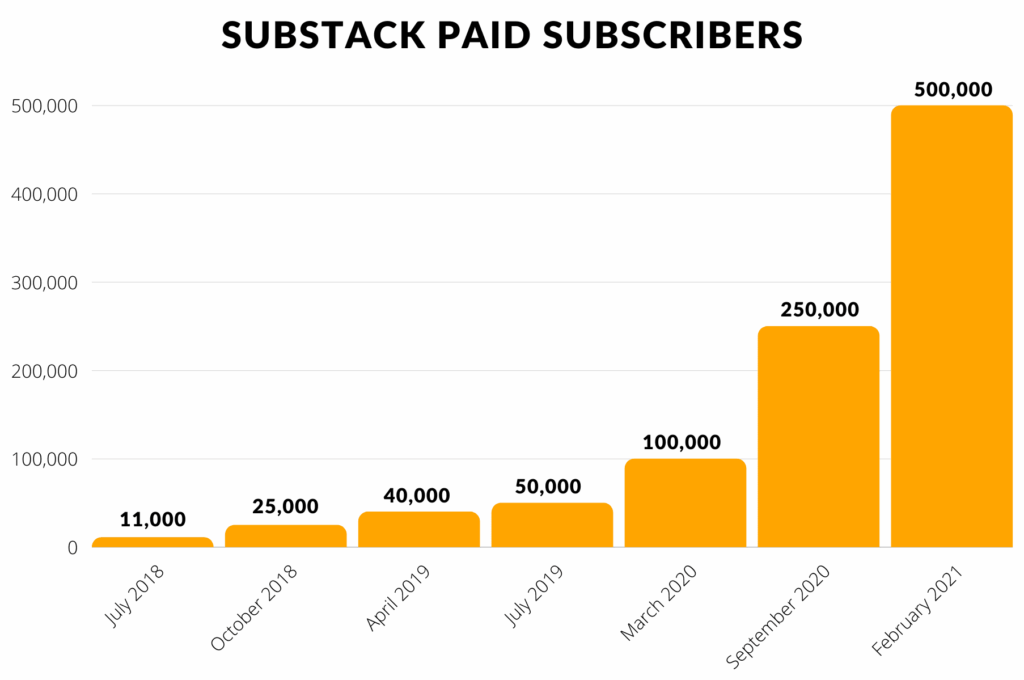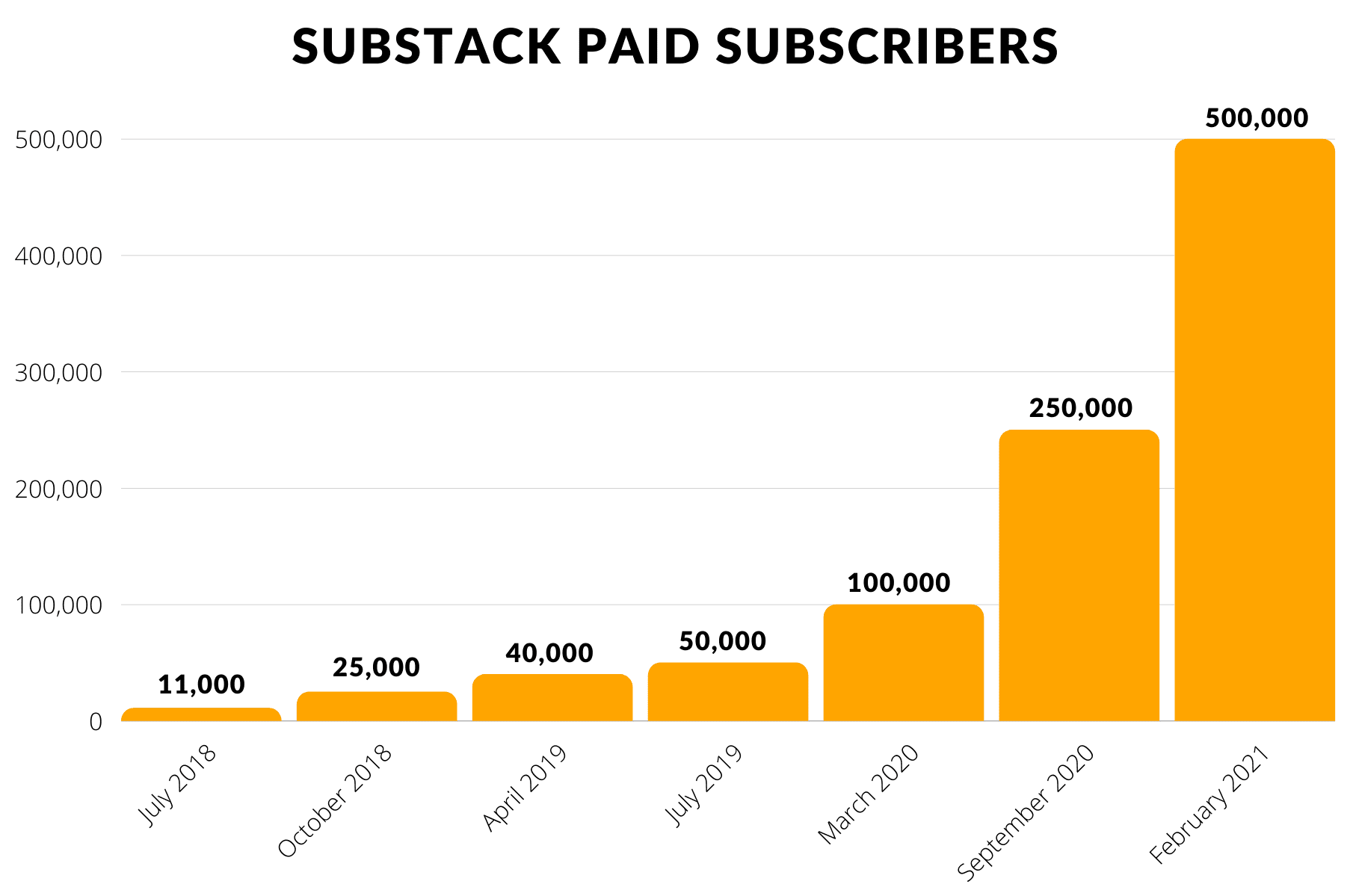
Decoding Substack: How Much Do Subscriptions Really Cost?
Substack has emerged as a significant platform for independent writers and creators, offering a direct avenue to monetize their work through subscriptions. But understanding the full financial landscape of Substack, particularly how much are Substack subscriptions, requires a deeper dive beyond the surface-level pricing. This article will break down the various cost factors involved, from the platform’s fees to the potential earnings for writers, providing a comprehensive overview for both creators and readers.
Understanding Substack’s Core Subscription Model
At its heart, Substack operates on a subscription-based model. Writers create content – newsletters, articles, podcasts, and more – and readers pay a recurring fee, typically monthly or annually, to access that content. This direct relationship between creator and audience is a key differentiator for Substack.
The Writer’s Control Over Pricing
One of the most empowering aspects of Substack is the control it gives writers over their pricing. Writers can set their own subscription rates, ranging from free to several hundred dollars per month, depending on the value they believe they’re providing. This flexibility allows writers to cater to different audience segments and experiment with pricing strategies to optimize their revenue.
Free vs. Paid Subscriptions
Many writers on Substack offer a combination of free and paid content. Free content serves as a marketing tool, attracting new readers and showcasing the writer’s style and expertise. Paid subscriptions then unlock premium content, such as exclusive articles, in-depth analysis, Q&A sessions, or access to a community forum. This freemium model is a common strategy for building an audience and converting free subscribers into paying customers.
Substack’s Fees: A Breakdown
While Substack provides a platform for writers to monetize their work, it also charges fees for its services. Understanding these fees is crucial for writers to accurately calculate their potential earnings. So, how much are Substack subscriptions impacted by these fees?
The 10% Cut
Substack takes a 10% cut of all subscription revenue. This fee covers the platform’s operating costs, including hosting, payment processing, and customer support. While some writers might find this fee substantial, it’s important to consider that Substack handles all the technical aspects of running a subscription business, allowing writers to focus on creating content.
Stripe’s Payment Processing Fees
In addition to Substack’s 10% cut, Stripe, the payment processor used by Substack, also charges fees for each transaction. These fees typically range from 2.9% plus 30 cents per transaction. These fees are standard for online payment processing and are deducted from the writer’s revenue before they receive their payout.
The Impact on Writer Earnings
The combined fees from Substack and Stripe can significantly impact a writer’s earnings. For example, if a writer charges $10 per month for a subscription, they would receive $8.71 after Substack’s and Stripe’s fees are deducted. It’s essential for writers to factor these fees into their pricing strategy to ensure they’re earning a sustainable income.
Factors Influencing Subscription Prices
Several factors influence the price of Substack subscriptions. These include the writer’s reputation, the quality and exclusivity of the content, the frequency of publication, and the size and engagement of the audience.
Writer Reputation and Expertise
Writers with established reputations and expertise in their field can typically command higher subscription prices. Readers are willing to pay more for content from trusted sources who have a proven track record of delivering valuable insights. New writers may need to start with lower prices to attract subscribers and build their reputation over time.
Content Quality and Exclusivity
The quality and exclusivity of the content are also key determinants of subscription prices. Content that is well-researched, insightful, and not available elsewhere is more likely to attract paying subscribers. Writers who offer unique perspectives and in-depth analysis can justify higher prices.
Frequency of Publication
The frequency of publication also plays a role in subscription pricing. Writers who publish frequently, providing a steady stream of new content, can typically charge more than those who publish sporadically. Consistency is key to keeping subscribers engaged and justifying the recurring subscription fee.
Audience Size and Engagement
The size and engagement of the audience also influence subscription prices. Writers with larger and more engaged audiences can typically charge more for their subscriptions. A loyal and active community of readers is a valuable asset that can command a premium price. [See also: Building a Substack Community]
Examples of Substack Subscription Prices
To illustrate the range of subscription prices on Substack, here are a few examples from different niches:
- News and Politics: Some popular political newsletters charge between $5 and $15 per month for premium content.
- Business and Finance: Financial analysts and business experts often charge between $10 and $50 per month for in-depth market analysis and investment advice.
- Culture and Lifestyle: Writers covering culture, lifestyle, and personal essays typically charge between $5 and $10 per month for their subscriptions.
- Niche Topics: Highly specialized newsletters on niche topics can sometimes command even higher prices, depending on the demand and the value of the information provided.
Strategies for Optimizing Substack Subscription Revenue
For writers looking to maximize their Substack subscription revenue, several strategies can be employed.
Offering Different Subscription Tiers
Creating different subscription tiers with varying levels of access and benefits can cater to different audience segments and increase overall revenue. For example, a writer could offer a basic subscription for access to premium articles, a premium subscription for access to a community forum, and a VIP subscription for one-on-one consultations. This tiered approach allows readers to choose the option that best suits their needs and budget.
Providing Value Beyond Content
Offering value beyond just content can also attract and retain subscribers. This could include access to exclusive events, discounts on merchandise, or personalized support. By providing additional benefits, writers can justify higher subscription prices and build stronger relationships with their audience. [See also: Substack Marketing Strategies]
Promoting Subscriptions Effectively
Effective promotion is crucial for attracting new subscribers. Writers should leverage social media, email marketing, and other channels to promote their Substack publication and highlight the value of their subscriptions. Offering free trials or discounts can also incentivize potential subscribers to sign up. It’s important to consistently remind your audience how much are Substack subscriptions worth.
Analyzing Subscription Data
Substack provides writers with data on their subscription performance, including subscriber growth, churn rate, and revenue. Analyzing this data can help writers identify trends and optimize their pricing and content strategies. By understanding what’s working and what’s not, writers can make informed decisions to improve their subscription revenue.
The Future of Substack Subscriptions
Substack’s subscription model is constantly evolving as the platform continues to grow and innovate. New features and tools are being added regularly, providing writers with more ways to monetize their work and connect with their audience. The future of how much are Substack subscriptions will likely be driven by the evolving needs of both writers and readers.
The Rise of Bundling and Cross-Promotion
One trend that is likely to continue is the rise of bundling and cross-promotion. Writers are increasingly collaborating with each other to offer bundled subscriptions that provide access to multiple publications. This can attract new subscribers and increase overall revenue for all the writers involved. Cross-promotion, where writers promote each other’s work, is also becoming more common.
The Integration of New Media Formats
Substack is also expanding beyond traditional newsletters to include other media formats, such as podcasts and video. This allows writers to diversify their content offerings and attract a wider audience. As Substack integrates more media formats, the possibilities for monetization will continue to expand.
Conclusion: Is Substack Worth the Cost?
Ultimately, the question of how much are Substack subscriptions really worth depends on individual circumstances. For writers, Substack offers a powerful platform for monetizing their work and building a direct relationship with their audience. While the fees can be substantial, the potential earnings can be significant for those who are able to create high-quality content and effectively promote their subscriptions. For readers, Substack provides access to a diverse range of independent voices and perspectives. The value of a subscription depends on the individual’s interests and the quality of the content offered. Consider the cost-benefit ratio of how much are Substack subscriptions compared to the value you receive.
By understanding the various cost factors involved and employing effective strategies for optimizing subscription revenue, both writers and readers can make informed decisions about whether Substack is the right platform for them. The platform’s continued growth and evolution suggest a promising future for independent creators seeking to connect directly with their audience and monetize their passion.
